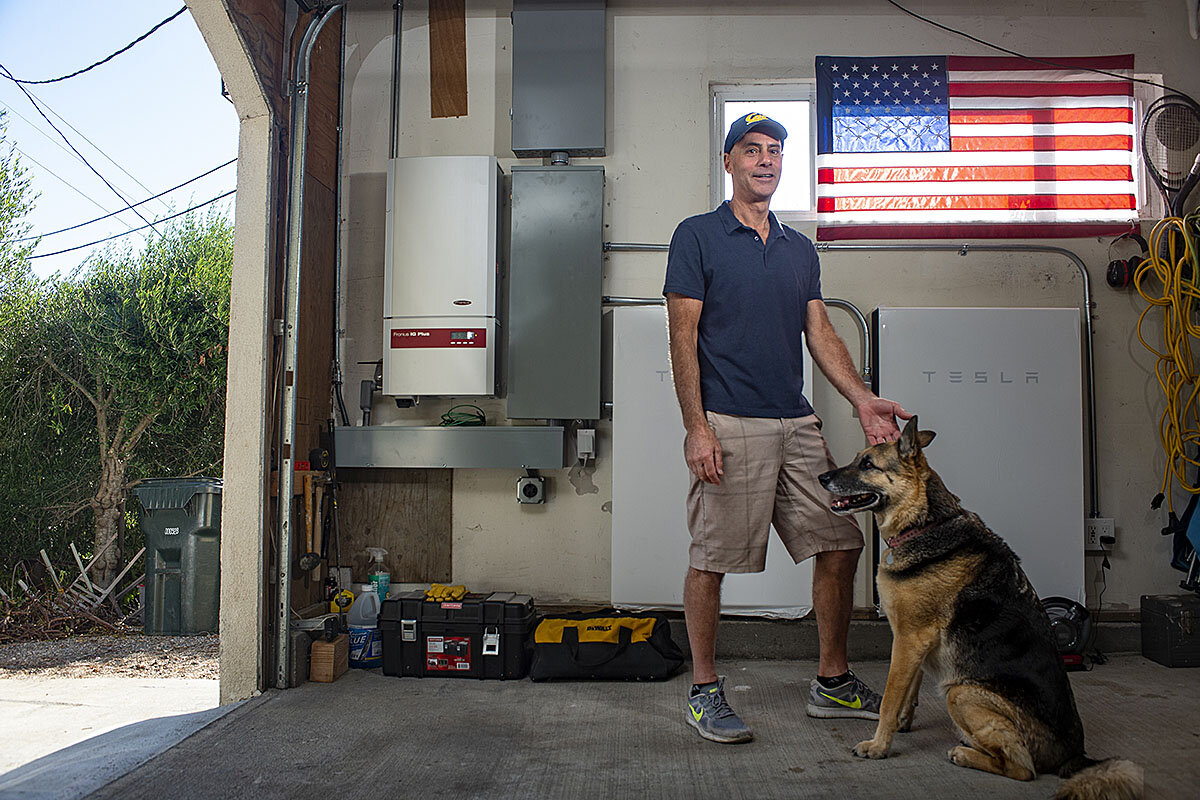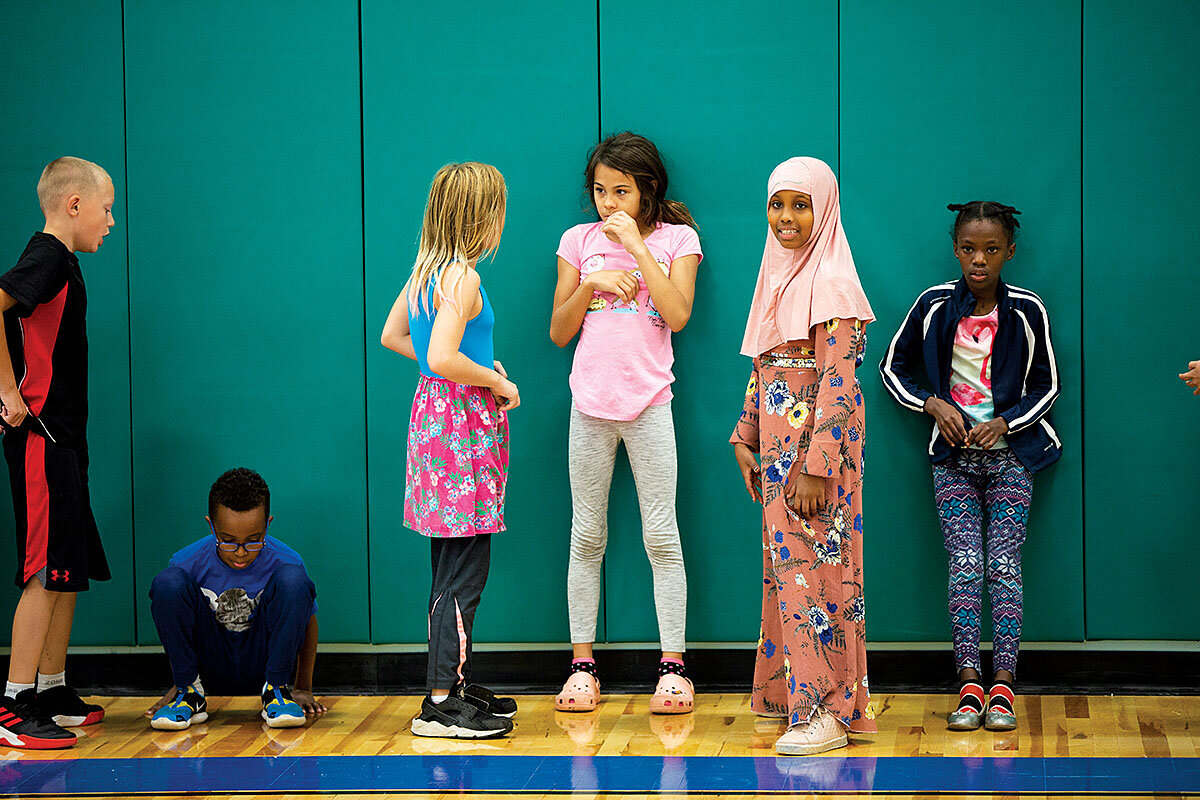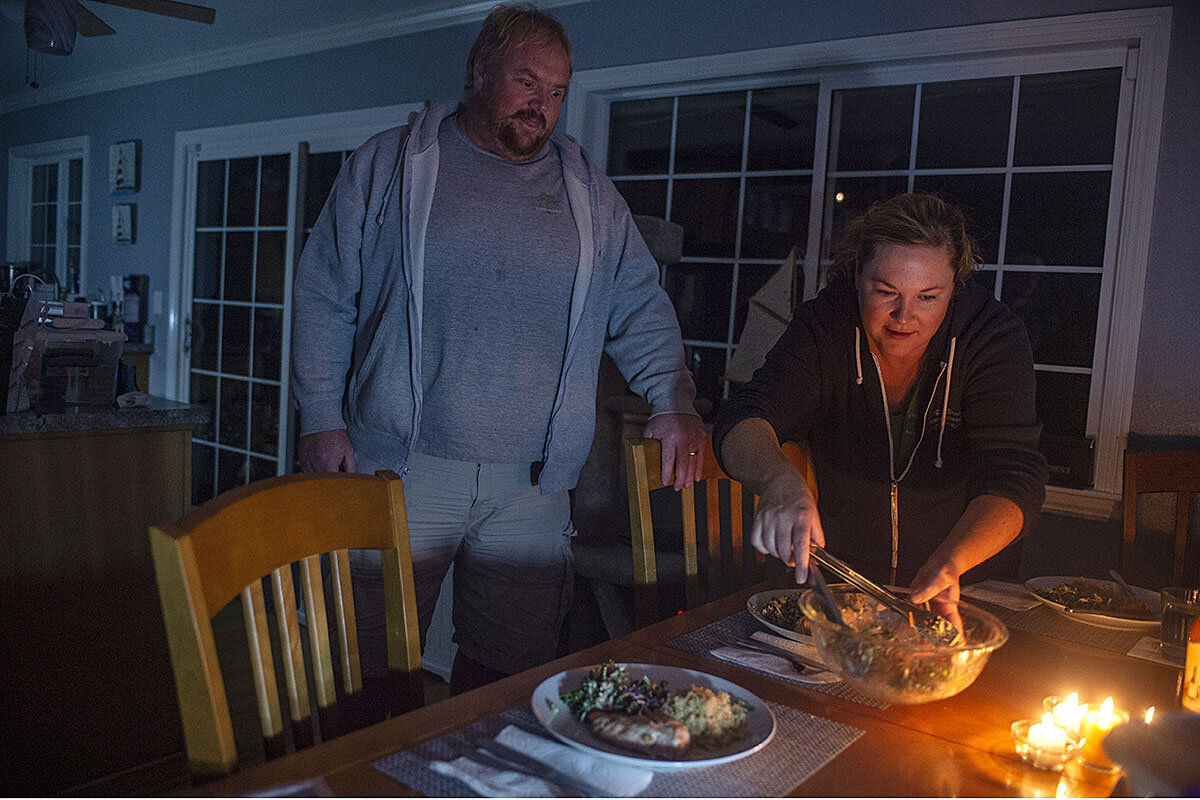For organizations to endure, leadership and a compelling narrative can both be instrumental. The Islamic State has now lost its leader and the territory behind its narrative. But it still has a story to tell.
Monitor Daily Podcast
- Follow us:
- Apple Podcasts
- Spotify
- RSS Feed
- Download
 Amelia Newcomb
Amelia Newcomb
Welcome to a new week. Today, we look at eradicating ISIS, fighting California’s fires, hiring Pentagon ethicists, engaging with immigrants in a mill town, and reclaiming African American cowboy culture. And make sure you check out the Viewfinder at the end of the package. Each day this week, we’ll hear from a Californian dealing with blackouts and the threat of wildfire.
But before we get to that, let’s turn to Australia and one of its most iconic natural symbols, a huge sandstone mass soaring out of a flat landscape. This past weekend, a sign at the base of Uluru, also known as Ayers Rock, signaled a new era: “No walkers/climbers. ... Permanent closure.”
In other words, for the countless tourists drawn to Uluru’s 1,140-foot peak, there would be no more scaling and sliding; no more “loving it to death,” as is sometimes said of America’s national parks.
But the move, which the board of the Uluru-Kata Tjuta National Park approved unanimously two years ago, is rooted in a far deeper motive: respect for local traditions and spirituality that had long been trampled on.
For the local indigenous community, the rock is a sacred place they have tended for tens of thousands of years. And they’ve been successful at widening the circle of those who see it as something other than a place to conquer. To be sure, thousands of people scaled Uluru one last time in recent months. But two decades ago, 74% of visitors climbed; by 2015, just 16% did. Many now sign a “I have not climbed” register, experiencing the park in fresh ways.
And in an indication of how much outlooks have changed as indigenous rights have grown, pieces of rock once removed as clandestine souvenirs are being returned, along with letters of regret. They’ve become known as “sorry rocks.”









